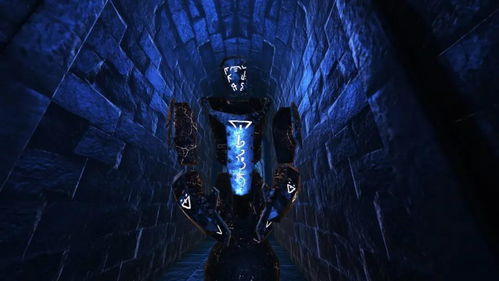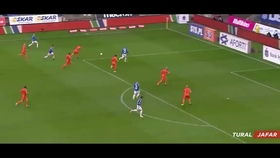Content:
Introduction: Fishing in shallow waters can be both challenging and rewarding. The clarity of the water and the proximity to the bottom can make it difficult to achieve the perfect fishing experience. However, with the right techniques, especially when it comes to adjusting your bait bobber, you can still catch fish in shallow waters. In this article, we will delve into the art of fishing in shallow waters and provide you with essential tips on how to adjust your bait bobber to maximize your chances of success.
Understanding the Basics of Bait Bobber Adjustment: Before we dive into the specifics of how to adjust your bait bobber in shallow waters, it's important to understand the basics of bait bobber adjustment. The bait bobber is a crucial tool that helps you to detect the bite of the fish and to control the depth of your lure. Here are the key components and their functions:
- The Bobber: The floating device that rises to the surface of the water and shows the movement of your bait.
- The Line: The fishing line that connects the bobber to the hook and bait.
- The Weight: The weight that keeps the bobber submerged and controls the depth of the lure.
- The Hook: The pointy tool that attaches to the bait and is designed to catch fish.
Now, let's move on to the specific techniques for adjusting your bait bobber in shallow waters.
Assess the Water Conditions: Before you start fishing, take a moment to observe the water conditions. Look for signs of fish activity, such as splashes or bubbles near the surface. Understanding the water's depth, clarity, and structure will help you make informed decisions about your bait bobber adjustment.
Use a Lightweight Bobber: In shallow waters, using a lightweight bobber is crucial. A heavy bobber can sink too quickly, making it difficult to detect subtle bites. Choose a bobber that is small and buoyant, which will allow for more sensitivity and easier detection of fish movement.
Adjust the Bobber's Position: To fish effectively in shallow waters, you need to keep your bait close to the bottom but not touching it. To achieve this, adjust the bobber's position on the line so that it is only slightly above the bottom. This can be done by adding or removing split shot weights.
Use a Shorter Leader: A shorter leader between the bobber and the hook will help you to feel the weight of the fish as it takes the bait. In shallow waters, a leader length of 6 to 12 inches is often sufficient. This allows for better sensitivity and a quicker response to a fish's bite.
Experiment with Different Depths: Fish in shallow waters may feed at various depths, so it's important to experiment with different bobber positions. Start with the bobber slightly above the bottom and adjust as needed. Pay attention to the movement of the bobber and the resistance you feel on the line when reeling in.
Keep Your Bait Moving: In shallow waters, fish are often feeding on the surface or just below it. To mimic natural prey, keep your bait moving. Use a variety of retrieves, such as slow twitches, steady retrieves, or pauses, to entice fish to bite.

Be Patient and Observant: Fishing in shallow waters requires patience and observation. Watch the bobber closely for any signs of movement or resistance, which could indicate a fish bite. Sometimes, the bite can be very subtle, so be prepared to set the hook quickly and gently.
Conclusion: Fishing in shallow waters can be a delightful experience, provided you have the right techniques, particularly when it comes to adjusting your bait bobber. By understanding the basics of bait bobber adjustment and applying the tips outlined in this article, you can improve your chances of catching fish in shallow waters. Remember, the key is to be patient, observant, and willing to experiment with different techniques until you find what works best for the specific conditions you're facing. Happy fishing!












